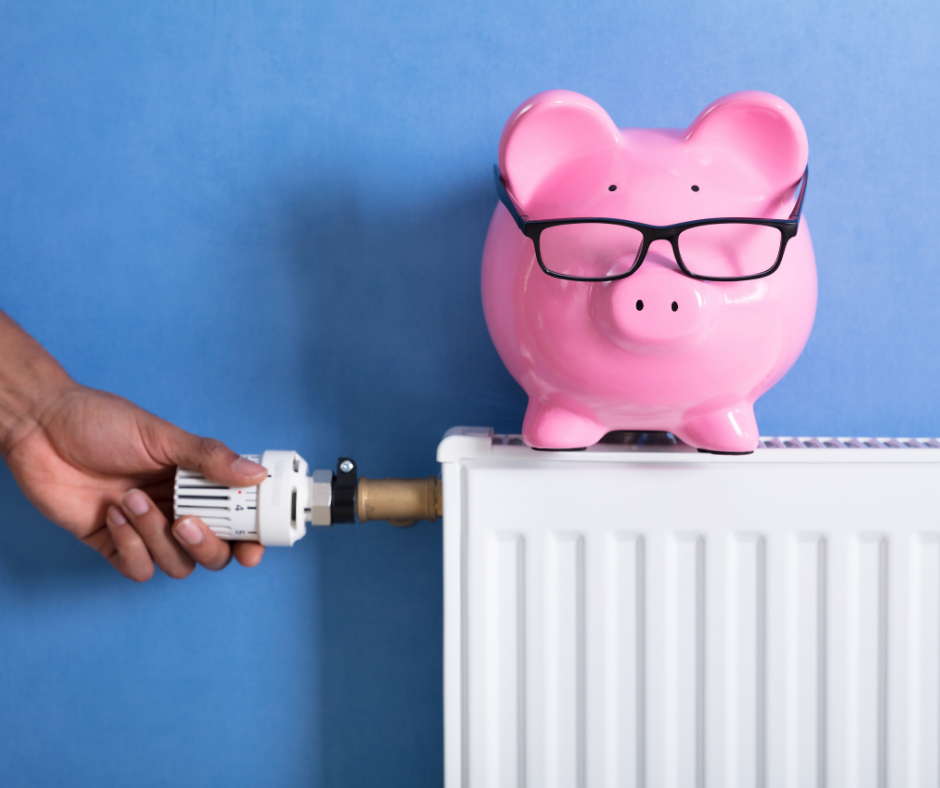Should I Leave My Heat On Or Turn it Off?
29 October, 2020

The cost of living only continues to rise leading consumers all over the U.S. constantly looking for ways to cut household costs. In fact, the largest expense in most U.S. households is the cost of energy to heat our homes during the colder months. According to the U.S. Department of energy, natural gas consumers typically spend less than $1,000 annually while those who count on oil spend more than $1,600 every year. But for natural gas consumers looking for even more ways to spend less, there’s still the question: Is it more expensive to turn heat on and off or lower the temperature? The answer isn’t all that simple because it depends on a series of other factors. For example, things like the kind of system you use to heat your home, how well insulated your home is and what kind of thermostat you have are all things that contribute to how much your household can save with either option.
LOWERING THE TEMPERATURE
If you’re like most Americans, you probably rely on a furnace to distribute heat throughout your home. In this case, by setting the thermostat to about 10-15 degrees lower for eight hours a day families can save anywhere from 5-15 percent on annual home heating costs according to the U.S. Department of Energy. Other things to consider may also be how old your furnace is and how often you have the air ducts cleaned. Homes with alternative heating systems like heat pumps, steam heat or radiant floor heating have a few more limitations using this method. Heat pumps may operate more inefficiently, but companies have recently started selling programmable thermostats so that this method can help with saving money. The same is true for other heating systems like electric resistance systems and radiant floor heating systems.
NEVER CHANGING THE TEMPERATURE
Some may argue that leaving your thermostat at the same temperature is the best method for keeping costs low. The argument here is that it takes less energy to maintain temperature than it does to completely heat a cold home. However, if you leave your thermostat at a set temperature and never adjust it, you may be losing up to $180 annually according to Energy Star. This is because of something called heat transfer. In layman’s terms, this simply means that a higher concentration of heat will always travel to a lower concentration of heat. The greater the difference in temperature, the faster heat will “leak” to colder areas in the home and especially outside. This heat leakage can often be the culprit behind huge heating bills. Especially if your home isn’t well-insulated, has high ceilings or is particularly large, the cost of maintaining a certain level of heat in the home clearly isn’t the best option.
CHANGING THE THERMOSTAT TOO OFTEN
Those who micromanage the thermostat by constantly changing the temperature actually waste energy. The reason for this is that it causes your furnace to stop and start every time you change the temperature. Although the temperature outside may not be consistent from day to night where you live, you should avoid messing with your thermostat every time you feel slightly cold or warm. Instead, if you’re feeling a little chilly suddenly, you might try keeping your temperature a few degrees lower than comfortable but wear more layers like a sweater or thermal socks.
TURNING THE HEAT OFF COMPLETELY
If you leave your home for several hours every day it may have crossed your mind to turn the heat off completely so that you aren’t paying to heat a home when no one is there. Truth be told, it takes just as much energy to maintain a certain temperature in your home as it does to reheat your home. The only difference is that it might be uncomfortably cold for quite awhile before it gets back to the temperature it was before you left unless you have a programmable or smart thermostat. Additionally, depending on just how cold it is outside, especially if you’re gone for several days you might consider keeping your heat on low to keep the pipes in your home from freezing. You can bet that a pipe burst due to frozen pipes would very well cost you much more than you would have saved if you’d just leaving the heat on low.
FINAL THOUGHTS
The best way to save money is to invest in a smart or programmable thermostat that allows you to control the temperature in your home remotely. But, if you don’t have either of these (or the budget for one right now), the U.S. Department of Energy recommends leaving your thermostat on, but set at 10-15 degrees cooler if you’re going to be gone for several hours. Lastly, there are more ways to help you stay warm and save energy aside from operating your thermostat. Kratos Gas & Power Ohio is committed to meeting your energy needs this winter at an affordable rate that’s right for you. See our rates and contact us today.
